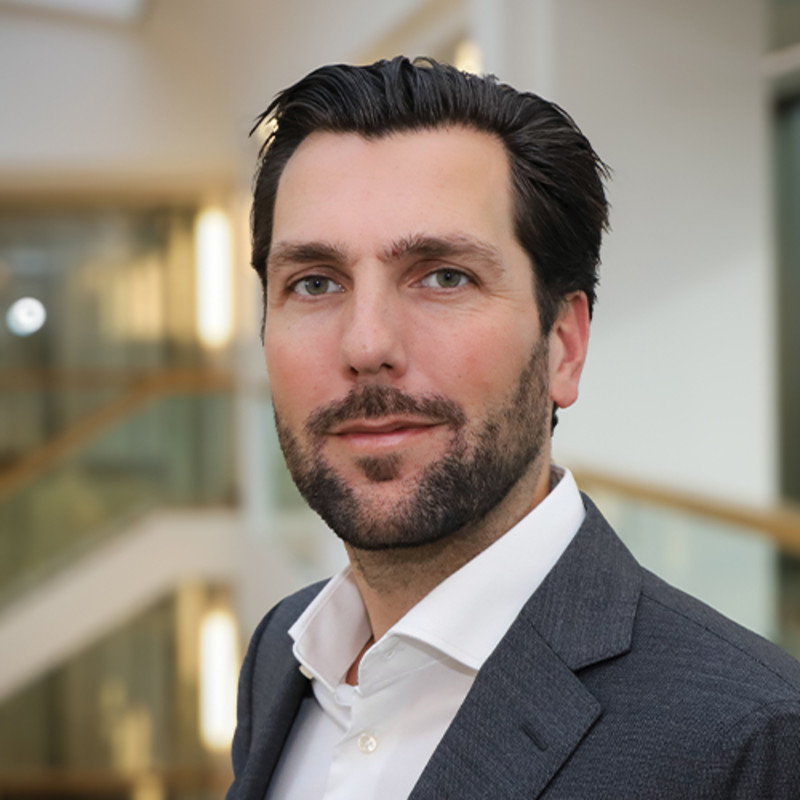Key points
- Uses a proprietary SDG measurement framework to select companies that contribute positively to the SDGs, excludes those that do the opposite.
- Managed with a conservative approach by an experienced team
- Disciplined and repeatable investment process
About this fund
Robeco SDG High Yield Bonds is an actively managed fund that invests in global corporate bonds. The selection of these bonds is based on fundamental analysis. Performance drivers are the top-down beta positioning as well as bottom-up issuer selection. The fund invests in high yield corporate bonds with a sub-investment grade rating, with a structural bias to the higher rated part in high yield. The portfolio is built on the basis of the eligible investment universe and the relevant SDGs using an internally developed framework about which more information can be obtained via the website www.robeco.com/si. The fund's objective is to provide long term capital growth.
Key facts
| Total size of fund | SEK 6,157,457,771 |
| Size of share class | SEK 43,077,285 |
| Inception date share class | 21-02-2023 |
| 1-year performance | 4.18% |
| Dividend paying | Yes |
Fund manager
 Christiaan Lever
Christiaan Lever Sander Bus
Sander Bus Roeland Moraal
Roeland Moraal Daniel de Koning
Daniel de Koning



